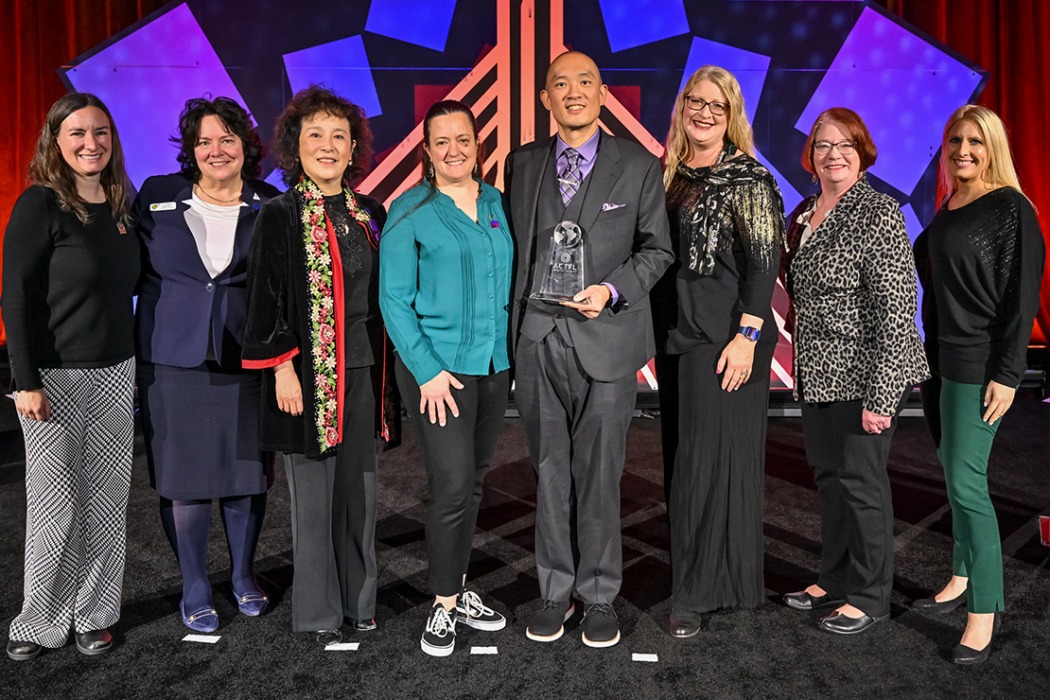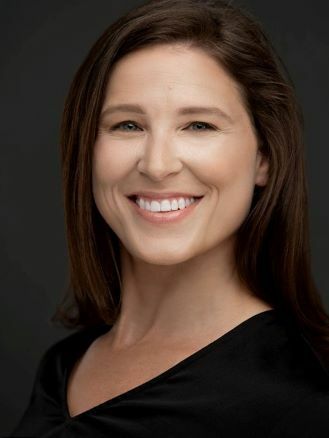Megan Flinchbaugh

2021 Hall of Fame Nominee

Lancaster, PA
2021 Finalist from NECTFL
Spanish
The United States is a country of ongoing demographic shifts and important social progress; this national history continues into the present as communities of the twenty-first century undergo cultural and linguistic changes. Our society is growing more diverse in language, ethnicity, and cultural expression, and we are having important conversations about peace, justice, values, and a national ethos. These changes and progress translate into a more culturally rich community that, by nature, relies on a public able to interact with and serve linguistically diverse communities, recognize and value unique cultures, and understand and empathize with fellow citizens.
World language educators play a vital role within these culturally rich yet challenging circumstances. We have the opportunity to teach our students languages that can connect them to the people and communities around them. We are in the privileged position of showing students the beauty in cultural differences and drawing their attention to similarities that may otherwise go unnoticed. We introduce them to foods, clothing, media, and languages that were once considered "foreign" yet are now part of their daily lives.
In teaching students another language, we are opening their world to relationships, and we are helping them see that those relationships build not only literal understanding between people but also cultural understanding. As our students connect with people from other cultures, they begin to realize that their own world view is but one of many, their perspectives are not universal, and their ideas and opinions are not always shared. Such realizations breed greater curiosity to explore the world, learn more about the unknown, appreciate differences, and seek out similarities.
My practice and philosophy of teaching world languages has shifted since my early years in the profession. Today, my goal is that my students gain proficiency in interpersonal, interpretive, and presentational communication, but it is equally important to me that they communicate with cultural competence. If my students are to become lifelong learners of languages, if they are to enjoy the richness of their increasingly diverse community, if they are to rely on their language abilities to be leaders in their field of study and work, if they are to effectively serve those around them, then they will need the cultural understanding that is inextricably linked to language.
This philosophy drives curriculum and daily lessons in our department and my classroom. Culture is at the heart of every unit, which allows me to create content and materials that integrate culture while teaching communicative skills. Activities and lessons that engage students in grammar and vocabulary use are founded in culture; the activities and lessons rely on culture as a backdrop for learning to take place.
As the United States continues to grow, change, adapt, and progress, so must our students. We know that speaking only one language and understanding one's own culture alone is increasingly insufficient, and through my teaching and involvement in professional activities I work to address this every day. In doing so it is my hope that my students will one day lead, understand, and contribute with the languages they are learning now and the cultural competence they are gaining today.